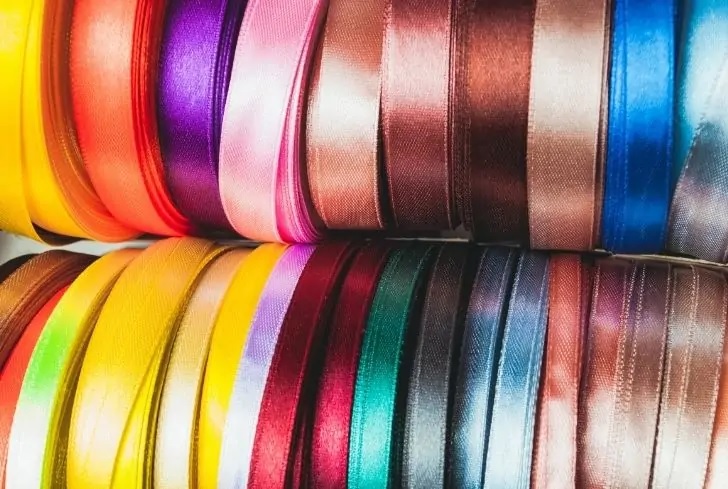The Environmental Impact and Downside of Ribbons in Gift Hampers
Posted by Audrey Sakia on 21st Feb 2024
Gift-giving is a timeless tradition that brings joy and warmth to both the giver and the recipient. However, as we become increasingly aware of our environmental footprint, it's essential to examine the seemingly innocent elements of gift-giving that may be contributing to environmental degradation. In this blog post, we'll delve into the often-overlooked environmental impact of ribbons in gift hampers, shedding light on why these decorative elements may not be as harmless as they appear.
Single-Use Plastics:
Many ribbons used in gift hampers are made from single-use plastics, which are notorious for their detrimental impact on the environment. These synthetic materials take centuries to decompose, contributing to the ever-growing issue of plastic pollution. From production to disposal, the life cycle of these ribbons generates a significant carbon footprint, exacerbating environmental concerns.
Wildlife and Marine Life Threat:
Once discarded, these ribbons can find their way into natural ecosystems, posing a threat to wildlife and marine life. Animals may become entangled in the ribbons, leading to injuries, suffocation, or even death. Additionally, when these materials break down into microplastics, they further infiltrate the food chain, creating a ripple effect that ultimately affects humans.
Resource Depletion:
The production of ribbons involves the extraction of raw materials, such as petroleum for plastic-based ribbons or trees for paper-based ones. This extraction contributes to deforestation, habitat destruction, and resource depletion, exacerbating the strain on our planet's ecosystems. Choosing gift packaging with eco-friendly alternatives or opting for reusable options can help mitigate these environmental consequences.
Energy Consumption:
The manufacturing process of ribbons requires considerable energy, contributing to greenhouse gas emissions and climate change. By opting for more sustainable gift-wrapping alternatives, we can collectively reduce the demand for energy-intensive production processes, taking a step towards a more eco-friendly gift-giving culture.
Lack of Recycling Infrastructure:
Despite some ribbons being recyclable, the lack of proper recycling infrastructure means that many end up in landfills or the environment. Educating consumers about responsible disposal practices is crucial, but a shift towards more sustainable materials or reusable alternatives can significantly reduce the overall environmental impact.
As we strive for a more sustainable and eco-conscious lifestyle, it's essential to scrutinize every aspect of our daily activities, including the way we wrap and present gifts. The environmental consequences of using ribbons in gift hampers nz are undeniable, from the production stage to their disposal. By embracing alternative, eco-friendly wrapping options and raising awareness about the impact of seemingly trivial choices, we can collectively contribute to a healthier planet for future generations. It's time to unwrap a more sustainable and thoughtful approach to gift-giving.
As consumers, we can make a difference by choosing sustainable alternatives, supporting eco-friendly businesses, and advocating for responsible manufacturing practices. By collectively embracing a more environmentally conscious approach to gift presentation, we can ensure that our traditions contribute positively to the well-being of our planet rather than perpetuating harm. It's time to unwrap a new era of gift-giving—one that prioritizes both the joy of the recipient and the health of our environment.
For more information contact:


